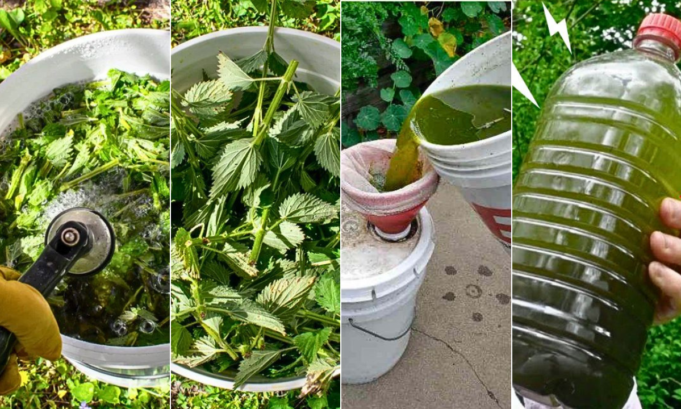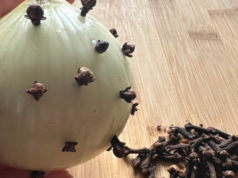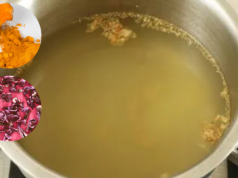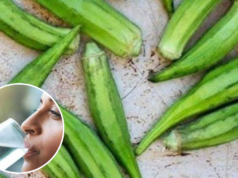Unlock the Power of Stinging Nettle: Make Your Own Fertilizer Tea for a Thriving Garden!
If you’ve got stinging nettles growing nearby, you’re in luck! These seemingly pesky plants are actually a goldmine for gardeners—packed with nutrients that can work wonders for your plants. Ready to transform these wild weeds into a potent, all-natural fertilizer? Let’s dive into the process of making your very own fermented nettle fertilizer tea and see how it can boost your garden’s health!
🌱 What is Stinging Nettle?
Stinging nettle (Urtica dioica) is a perennial plant known for its sharp, stinging hairs that cause an itchy, burning sensation. While many people consider it a “weed,” nettle is packed with nutrients and health benefits. Grown in damp, fertile soils, it’s a common plant found in shady, moist areas like creeks or forests.
Though it’s notorious for its discomfort when touched, nettle’s unpredictable growth habits can actually make it a valuable asset to gardeners looking for natural, organic alternatives.
🌿 Why Use Nettle for Fertilizer?
Stinging nettle isn’t just great for health and wellness—it’s a powerhouse in the garden too! This nutrient-rich plant is a natural source of:
Vitamins (A, C, and K)
Minerals like iron, calcium, and magnesium
Potassium
Nitrogen and other nutrients
When used as a fertilizer, nettle helps improve plant growth, supports strong root systems, and boosts the overall health of your garden.
🌿 What You Need to Make Nettle Fertilizer Tea
To create your own fermented nettle tea, gather these supplies:
Stinging nettle (freshly harvested)
Prick-proof gloves (think thick leather gloves to protect from stingers!)
Trimming shears or scissors
Water (preferably non-chlorinated, like rainwater)
Bucket with lid
Stir stick
Fine mesh strainer or cheesecloth
🌿 How to Make Fermented Nettle Fertilizer Tea
Harvest the nettle: Wear gloves and either pull out the nettle by the roots or use scissors to trim it back.
Chop the nettle: Cut it into smaller pieces to increase surface area for fermentation.
Fill a bucket with nettle: Loosely fill a 5-gallon bucket with the chopped nettle.
Add water: Pour enough water to cover the nettle completely.
Cover loosely: Put a lid on the bucket but don’t seal it completely. Stir once a day and watch for bubbles to form (this means it’s fermenting!).
Wait 1-2 weeks: When the bubbles stop appearing, it’s time to strain the tea.
Strain: Pour the tea through a strainer into another container and discard the solids.
Store the liquid: Store your nettle tea in a covered container. Be sure to dilute it before use!
🌿 Using Nettle Tea in Your Garden
Since nettle tea is concentrated, you’ll need to dilute it before using it as fertilizer. Mix 1 part nettle tea to 10 parts water. Here’s how to use it:
Soil Drench: Apply the diluted nettle tea directly to the soil around your plants, just like any other liquid fertilizer.
Small plants: Use 1-2 cups of diluted tea.
Larger plants or garden beds: Apply more, using a watering can to evenly distribute the tea.
Repeat: Apply every 1-2 months, but avoid using it more often than every 3 weeks.
🌿 A Quick Word About the Smell…
Heads up: fermented nettle tea can have a strong odor (think “nettle manure”). It’s best to brew it outside to avoid the smell lingering indoors. But don’t let the scent put you off—it’s well worth it for the health of your garden!









